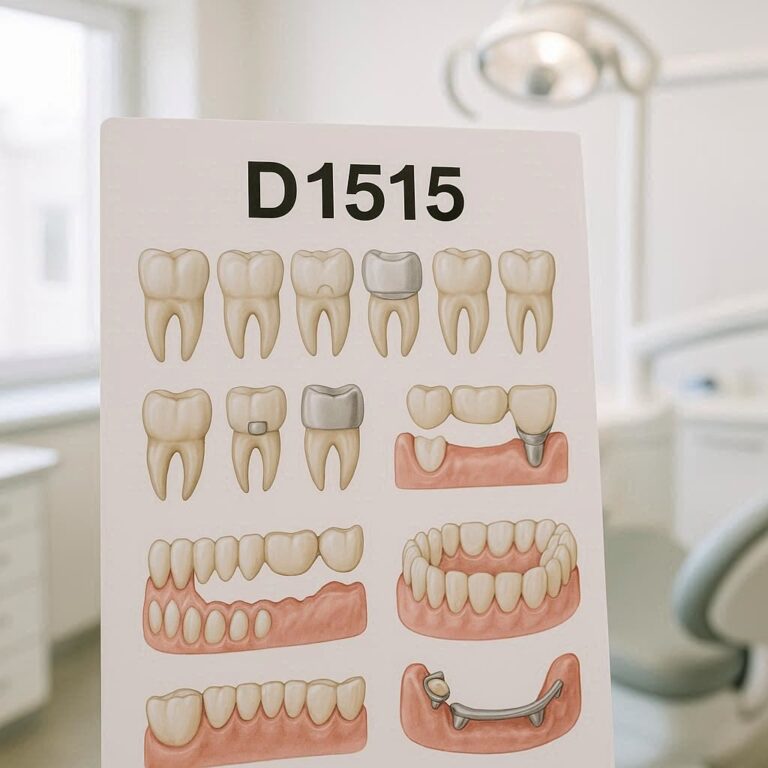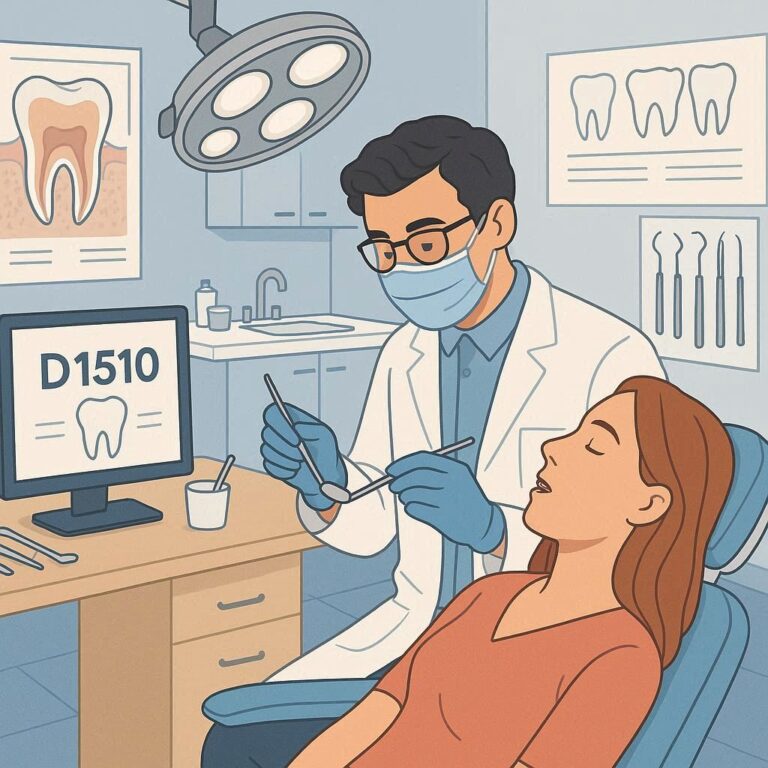Understanding the D0220 Dental Code: Comprehensive Guide and Analysis
In the realm of dental billing and coding, the D0220 code plays a crucial role. Understanding this code is essential for both dental professionals and patients to ensure accurate billing, coverage, and care. This article provides an in-depth exploration of the D0220 dental code, its implications, and how it impacts dental practices. By the end, readers will gain a comprehensive understanding of the D0220 code and its application in modern dentistry.

What is the D0220 Dental Code?
The D0220 dental code, officially recognized by the American Dental Association (ADA), refers to the procedure for “Intraoral—periapical, first film.” This code is used to document and bill for a single periapical radiographic image, which is crucial for diagnosing various dental conditions.
Intraoral Radiographs: Intraoral radiographs are X-ray images taken inside the mouth, focusing on specific areas of the teeth and surrounding structures. They provide detailed views of individual teeth, roots, and bone structures.
Periapical Films: Periapical films are X-rays that capture the entire tooth, from the crown to the root tip, including the surrounding bone. These films are essential for diagnosing issues such as decay, abscesses, and bone loss.
The Importance of the D0220 Code in Dental Practice
The D0220 code is integral to dental practice for several reasons:
- Diagnostic Accuracy: Periapical X-rays provide a detailed view of the tooth structure, aiding in accurate diagnosis and treatment planning.
- Billing and Reimbursement: Proper use of the D0220 code ensures accurate billing and reimbursement from insurance providers, avoiding potential disputes and delays.
- Documentation: Accurate coding and documentation support effective communication between dental professionals and insurance companies, ensuring that necessary treatments are covered.
How to Use the D0220 Code
1. Patient Assessment: Before using the D0220 code, assess the patient’s condition and determine if a periapical radiograph is necessary. Common scenarios include evaluating unexplained tooth pain, checking for root fractures, or assessing bone loss.
2. Procedure: Perform the periapical radiograph using appropriate X-ray equipment. Ensure the film or sensor captures the entire tooth and surrounding area.
3. Coding: When submitting a claim, use the D0220 code to indicate that a single periapical film was taken. Ensure that all relevant details are included in the patient’s record and billing statement.
4. Documentation: Document the clinical findings, radiographic details, and rationale for taking the periapical radiograph. This documentation supports the use of the D0220 code and helps with insurance claims.
Common Questions and Answers about the D0220 Code
Q: What does the D0220 code cover? A: The D0220 code covers the cost of a single periapical radiographic film taken intraorally. It does not include other types of X-rays or multiple films.
Q: Can the D0220 code be used for multiple films? A: No, the D0220 code is specifically for one periapical film. For additional films, other codes such as D0230 (each additional film) should be used.
Q: How does the D0220 code affect patient billing? A: The D0220 code ensures that patients are billed accurately for the periapical X-ray procedure. It helps in determining the cost and coverage by insurance providers.
Q: What should be included in the documentation when using the D0220 code? A: Documentation should include the reason for the periapical radiograph, findings from the X-ray, and details of the procedure. This supports the need for the X-ray and aids in the billing process.
Case Studies and Examples
Case Study 1: Diagnostic Use of D0220 A patient presents with persistent tooth pain. The dentist decides to take a periapical X-ray (D0220) to investigate potential issues such as root canal problems or abscesses. The X-ray reveals a severe infection at the root, leading to a diagnosis of a root abscess.
Case Study 2: Insurance Billing A dental clinic uses the D0220 code to bill for a single periapical radiograph. The clinic ensures that the patient’s insurance covers this procedure by checking the insurance policy and submitting accurate billing information.
Images and Graphics
- Diagram of Periapical Radiograph: A diagram showing the areas captured in a periapical X-ray, including the tooth structure, root, and surrounding bone.
- Flowchart for Using D0220 Code: A flowchart outlining the steps for using the D0220 code, from patient assessment to billing and documentation.
- Sample X-ray Image: An example of a periapical X-ray image illustrating the detailed view of a tooth and surrounding area.
Table: Comparison of Dental Codes for Radiographs
| Code | Description | Coverage | Additional Notes |
|---|---|---|---|
| D0220 | Intraoral—periapical, first film | Single periapical film | Use for initial periapical film |
| D0230 | Intraoral—periapical, each additional film | Each additional periapical film | Use for additional periapical films |
| D0270 | Bitewings—single film | Single bitewing film | Use for bitewing radiographs |
| D0330 | Panoramic film | Full-mouth panoramic film | Use for full panoramic X-ray |
Conclusion
The D0220 code is a vital component of dental coding and billing, representing a single periapical radiograph. Understanding its use and implications ensures accurate diagnosis, effective patient management, and proper billing practices. Proper documentation and adherence to coding guidelines help dental practices operate efficiently and maintain good standing with insurance providers.
FAQs
Q: What other codes are related to the D0220 code? A: Codes such as D0230 (each additional film) and D0270 (bitewings) are related to different types of radiographs and should be used according to the specific procedure performed.
Q: How can incorrect use of the D0220 code affect a dental practice? A: Incorrect use can lead to billing errors, claim denials, and potential issues with insurance reimbursements. Accurate coding is crucial for maintaining financial and operational efficiency.
Q: Are there any updates or changes to the D0220 code? A: It’s important to stay updated with the ADA’s guidelines and any changes to dental codes. Regularly review updates to ensure compliance and accurate billing.
Q: How can dental professionals ensure proper documentation for the D0220 code? A: Maintain detailed records of the clinical findings, reasons for taking the radiograph, and any relevant patient information. Proper documentation supports the use of the D0220 code and aids in insurance claims.


